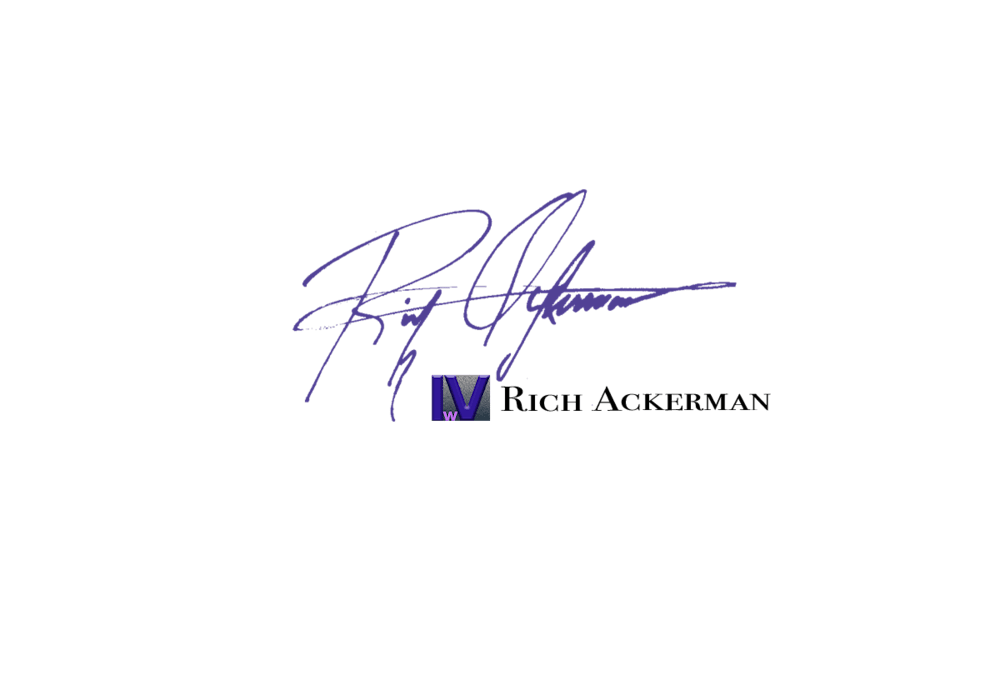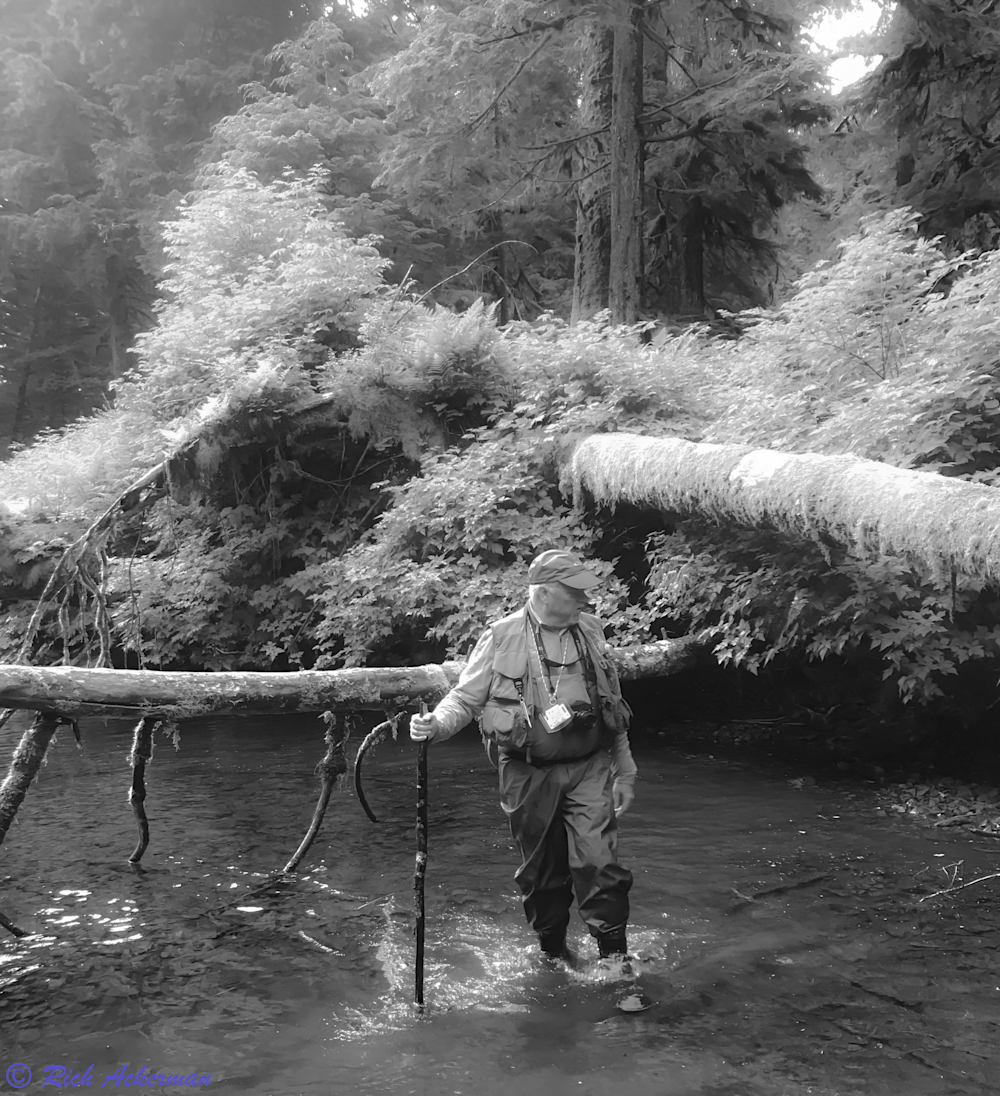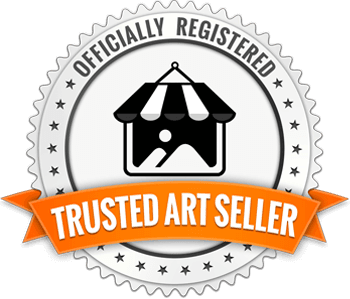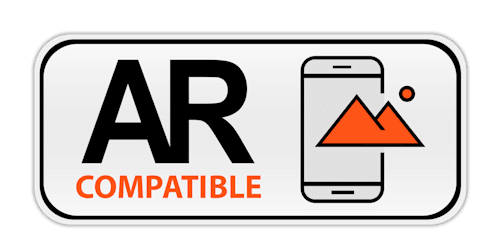My Photographic Philosophy
I'm an environmental landscape photographer and imaging specialist in abstract macro photographs. I photograph 80% of my images in black and white, as I'm a passionate pictorial realist and I often see color as a visual distraction from the vast tonal range and stark contrasts and detail of most scenes I photograph. For me color plays a more important role when I do close-up and macro imagery where it is no longer a distraction but part of the realism of the scene itself. I place extreme emphasis on "100 proof" accuracy in my images without sacrificing my own unique creativity and love that goes into each image. I create my photographs principally to document for people to see the natural and wilderness regions that are so rapidly disappearing, due to the dramatic rate of temperature increase and by humans wanton disregard of the effects of carbon emissions. All of my work - prints, canvas, metal and murals are archival, unlike our planet, my images will last past your lifetime, so no need to worry about fading or need for lamination. Much of my work is printed on dye-sublimation mediums but is also available in many other mediums including canvas and textiles. All of my work is copyrighted as Rich Ackerman.
My bio
I started taking pictures in 1967, shooting everything from the 1967/1968 Civil Rights Movement and Democratic National Convention in Chicago to the Jefferson Airplane, Mick Jagger, Paul Butterfield, Joe Walsh and a lot of "Brutalist" concrete buildings and people in between. This was an incredible time of societal, musical, cultural and architectural transformation and I jumped in with two feet and totally participated in this transformation. During this time an IIT graduate, and to this day, bestie, Walter Raczynski r.i.p. laid on my brain all kinds of neat stuff - lighting, photo composition and the machinations of the darkroom - all the tools I would use throughout my career in photography and digital imaging..
I further honed my lab and printing skills in Chicago at the Kleiman family's K & S Photo, where I learned Dye Transfer printing, and produced color and b/w prints for industrial, advertising and fashion clients. I printed to exacting standards and color matching work -from Caterpillar's Alaskan Pipeline construction project photos to Victor Skrebneski's high fashion models and actors. I moved on with a lot of silver halide under my fingernails.
My career as a professional shooting photographer began in 1976 in the position of Sr. Photographer at Motorola, capturing everything from executive portraits, in-field products and 8 x 10 view camera studio work to SEM (scanning electron microscopy) extreme close-ups of crystal wafers used in tele-comm and military applications. During one of my first summers while at Motorola, I received my Zone System Film, Print and Visualization certification from Ansel Adams and assistant John Sexton at the Center for Creative Photography in Tucson, AZ. Also during my tenure at Motorola I learned the history and technical evolution of photography from Sr. Manager and mentor Ken Patterson, who introduced me to the photographs of Edward Weston, his son Brett Weston (I will just say Brett was quite the character and enjoyed his intimacy with his models), and the whole F64 group of photographers along with collecting their photographs (which I still do today). I also gained experience in computer graphics and Computer Aided Design (CAD) - two skills that would prove invaluable the remainder of my career in graphics, photo-imaging and the large format digital graphics business.
In the early 80's, I helped co-found, along Walter Raczynski, Inverse Square Systems - designers and creators of Stroblox, a totally unique remote controlled digital electronic flash unit - the first of its kind. Stroblox along with it's reflector system and motorized lifting tools produced virtually perfect yet adjustable "soft north light" most photographers craved and won many awards for design and capability. Stroblox resolved several key lighting problems; extremely high light output in a small lightweight package, very fast recycle times, precise, and consistent repeatable results. I also got to work alongside Raczynski again, where I learned and acquired the skills and experience of running and managing a business - the good, bad and ugly.
I continued my journey in imaging and became involved with computer graphics, large format digital graphics and digital pre-press in the evolving digital printing and point of purchase markets in the late 80's,90's and early 2000s. To be successful here, it was essential to learn and clearly understand color theory, relationships between original art, how it appears on screen displays vs. how it looks when printed on output devices. I also learned the practical applications of digital scanning of transparencies and flat art, and all forms of wide format printing. The terms ICC profile and color gamuts became part of my vernacular. I'm planning to offer 3D prints from my photographs as the technology evolves.
My tools
I photograph 90% of my scenes and subjects with Sony's amazing mirrorless camera technology their processors and chips. I use the Alpha 6000 and 6400 cameras and 3 lenses - principally I use only two of them. The e3.5/30 macro is my mainstay tool, along with 4.5-6.3/55-210 tele and 3.5-5.6/15-50 standard zoom. I'm planning to move to their a9x000 series cameras in the coming years. I also shoot instant/candid/impromptu with my 24mp smartphone. When asked what's the best camera, my answer is "the one you're holding in your hand". It's really just a tool, it's you who will capture, create and make the picture. The technology is forgiving enough to correct for flaws in your process. Any post processing tools I use are primarily for cropping, reducing noise (inherent in all aspects of digital work) and accurate color correction. So Lightroom has become my defacto "digital" darkroom.
Today at 73, I mostly travel with my wife Rose (Colorado, Alaska and the Great Lakes), photograph, do some fly fishing and spend time with my kids and grandkids. I'll occasionally be seen singing and playing blues with Smiley however it's become a little tough handling the Jamison's at 3am. Please, enjoy my photographs and images as well as my book release "S.E. Alaska's Inside Passage | The Vanishing Wilderness. My latest and 2nd book "The Dunes of Lake Michigan's Eastern Shore was released July 15, 2023. Peace and love.
...rfa






